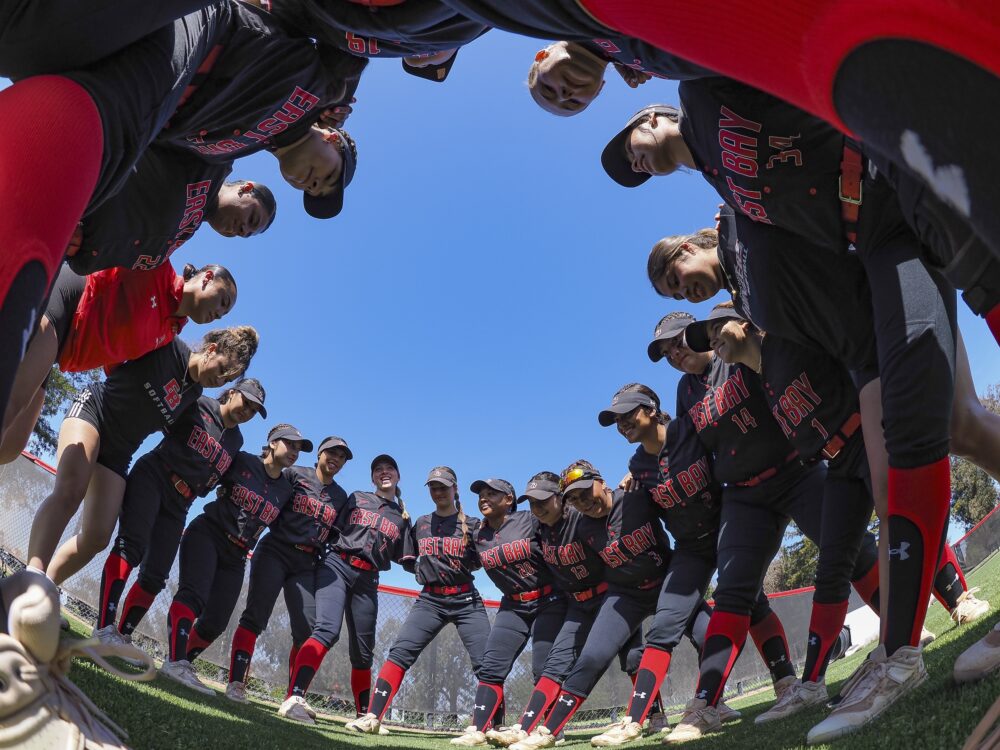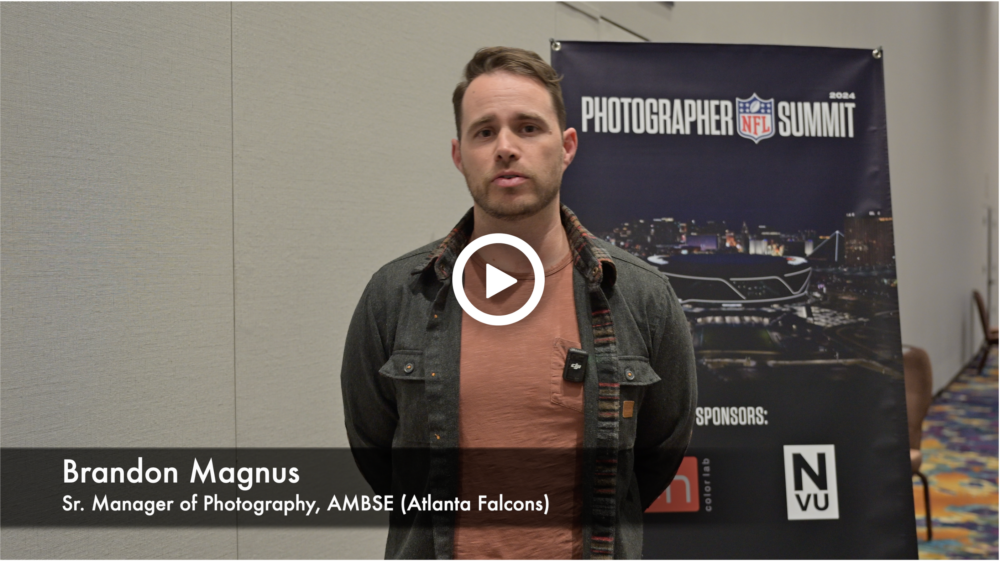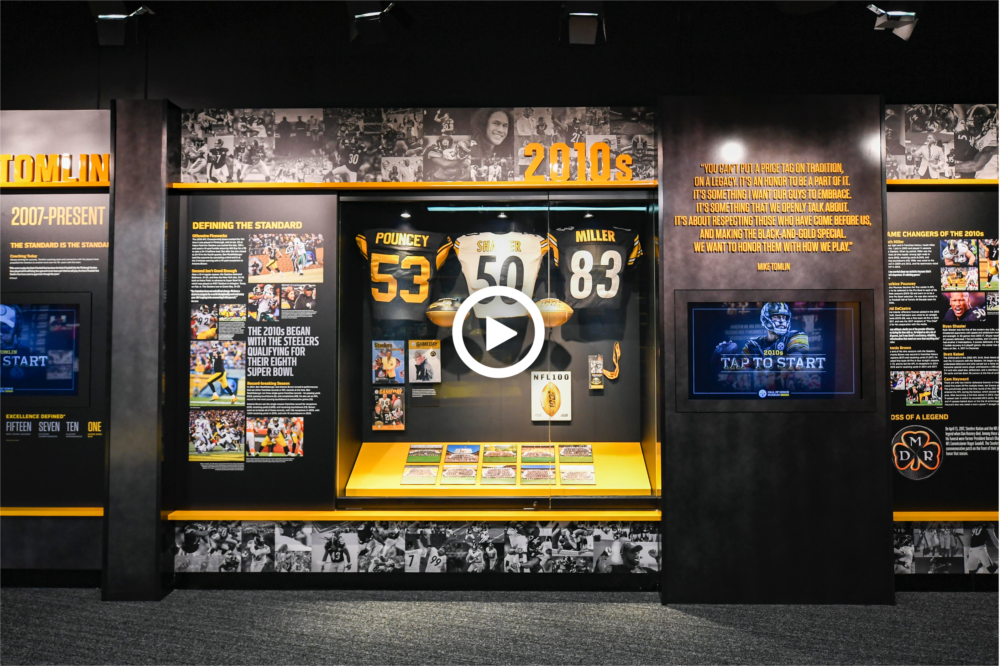Share
How Applegate’s Visual Media Library Powers Social Media and Sales
Applegate’s visual media library entices viewers on social media.
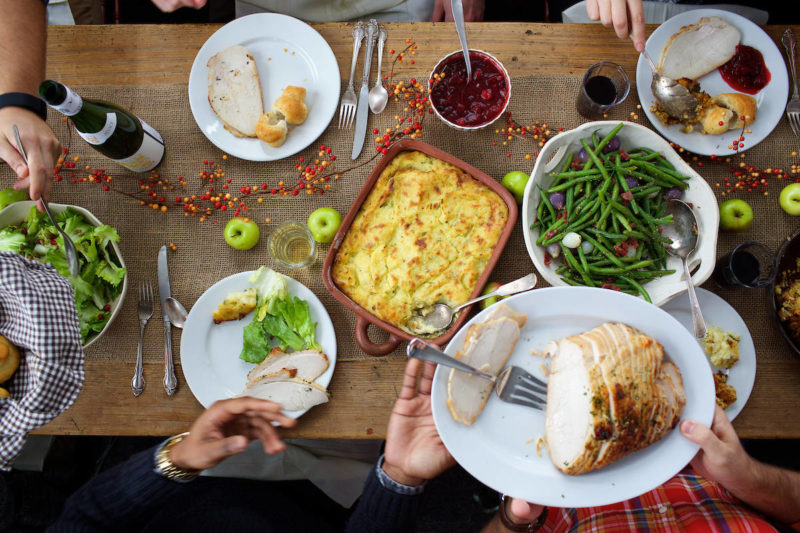
How can a brand use social media to drive sales? For Applegate Natural & Organic Meats, it’s all about sharing the right photo.The brand’s social channels are a classic example of show don’t tell.
I could tell you about a mouth watering ice cream sandwich recipe that manages to combine peanut butter cookies, bacon and bananas, and that might just peak your interest.
But if I showed you a photo of that ice cream sandwich, I have a feeling you’d say something along the lines of, “I’ve gotta try that.”

Related Content: Behind the Scenes with the Storytellers: Applegate Natural & Organic Meats
Sourcing Gorgeous Food Photography
“Our food photography is how we really promote our products on our social media platforms,” says Holly Sellner, graphic designer for Applegate. “That’s how we get people to get excited about our product and go out and buy it.”
Holly and the team at Applegate work with a husband and wife freelance team to source high quality photos that fit perfectly with the brand’s messaging. She develops recipes using Applegate products, and he photographs them. Together they generate high quality visual content that shows the best of what the brand has to offer.
“The photo is important because we really want the viewer to see all the ingredients really clearly in the photo,” says Holly. “People will see the recipe and say, ‘oh that looks delicious,’ and they’ll go out and buy our products.”

Distributing Photos Across Teams
Images fuel Applegate’s digital communications, social media (including Facebook, Instagram, Twitter, Youtube and Pinterest), website sliders, ads and point of sale materials (ranging from in-store digital signage to deli tags), this includes software from companies such as Revel Systems. With such high demand for visual content internally, the team struggled with different servers, different departments and different file formats.
“The reason we got PhotoShelter for Brands (formerly Libris by PhotoShelter) is we have a ton of photography and it was a huge mess,” says Holly.
Now, Holly and her team have one centralized place for all of their visual assets. Photos are organized in collections and galleries for easy browsing, and tagged with metadata for quick search.
“Everybody in our company can go on and view everything and search for things really quickly,” says Holly.

Applegate’s photos are organized into galleries and tagged with relevant metadata for easy browsing and fast search.
Holly has collections set up for the brand’s logos and graphics (with nested collections and galleries for ads, logos, brand art, illustrations, etc.), events (with nested galleries for each event), product packaging (with nested galleries for each product), office shots (with nested galleries for each room) and more. She also has an extensive video collection (although you can mix and match file types within galleries in PhotoShelter). Of course, the biggest collection is the “Recipes & Food Photography” collection, which contains nested collections and galleries for recipes and types of food.
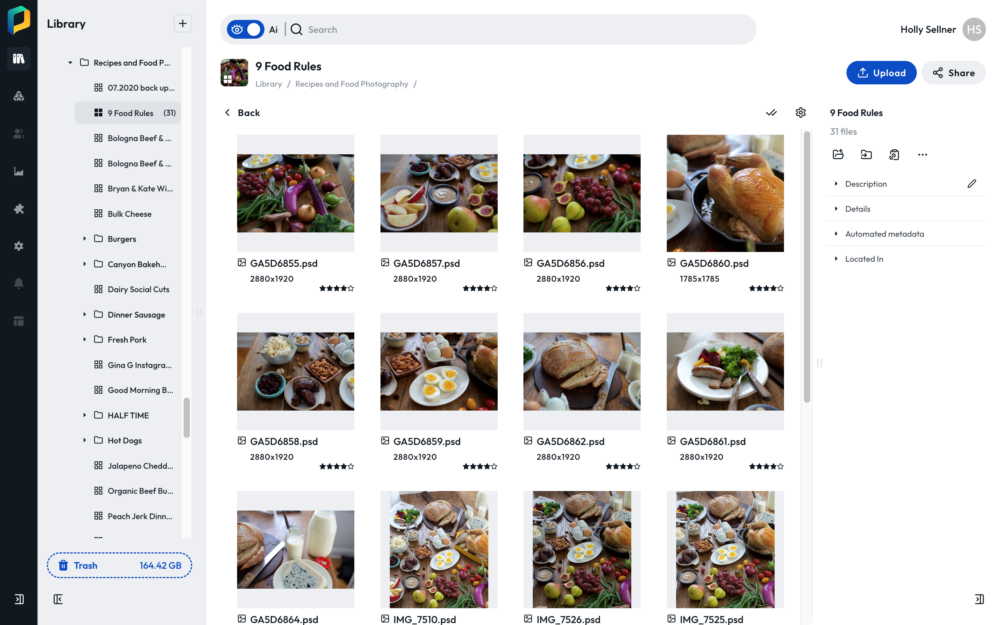
A look inside Applegate’s visual media library.
Saving Time with an Easy Photo Workflow
“It’s been a huge blessing – I would constantly get emails like, ‘I need this photo, can you look for this for me,’” says Holly, explaining that she would have to stop what she was doing and dig through the server. “Our servers are so slow, so just sitting there waiting for the image preview to come up was like torture, and it wouldn’t even be the image I was looking for, so it’s saved me a ton of time.”
Not only has this new self-service photo delivery workflow saved Holly time, it’s had an impact on every team member that uses photos.
“Especially our digital team,” says Holly. “I know they would have a lot of issues trying to find things on the servers and they don’t have Photoshop, so a lot of times they weren’t able to view the files because they were PSD files or TIFF files, so it’s saved them a ton of time too.”
Applegate’s PhotoShelter library has 20 invited users – 20 people who can regularly log in and find what they need on their own, without having to ask Holly for help. They have easy access to the files Holly has given them permission to see and download, and they can resize and convert high resolution files to JPGs on the fly.
Whether they need a photo from Applegate’s Reel Food Cafe at the Sundance Film Festival or a shot the Cleaner Wiener Fest in Austin, stakeholders can always find what they need.
“All of the event photos are all in the same place, so whenever they need specific photos, they can just go on and grab it and it takes like 5 seconds,” says Holly.
The Impact
If you look at Applegate’s mission statement, you can see how this story fits into the bigger picture.
At Applegate our mission is to Change the Meat We Eat. By that we mean making good meat – the kind that’s raised humanely without antibiotics and hormones – accessible to as many people as possible.
The brand’s photos and their accompanying recipes are compelling and shareable. They catch people’s attention and motivate them to share. As a result, more people learn about Applegate’s natural and organic products, go out and buy them, and spread the word to their friends.
Streamlining processes behind the scenes has a powerful domino effect. The more time the Applegate team saves with each project, the more content they can create and share, and the more potential customers they can engage, helping the brand fulfill its mission.

